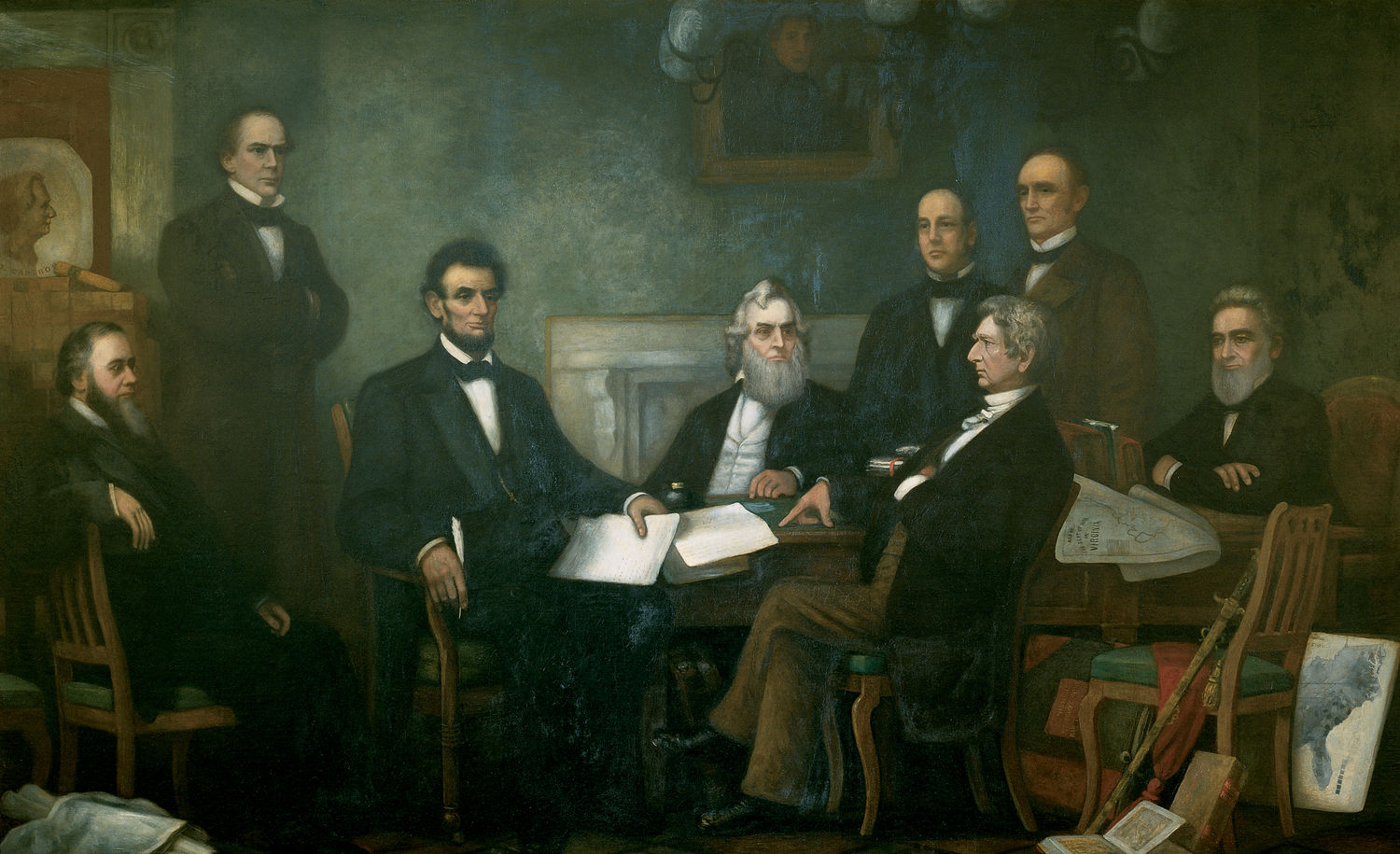Authors:
Historic Era: Era 5: Civil War and Reconstruction (1850-1877)
Historic Theme:
Subject:
| Volume 70, Issue 5


Authors:
Historic Era: Era 5: Civil War and Reconstruction (1850-1877)
Historic Theme:
Subject:
| Volume 70, Issue 5

Editor's Note: Matthew Pinsker is a professor of history at Dickinson College and the author of Boss Lincoln: The Partisan Life of Abraham Lincoln. He writes a popular blog, What Would Lincoln Do?.
The US Mint recently stopped production on the Lincoln penny, marking the end of an era — or at least the beginning of the end, since pennies will still circulate.
The federal government has been making one cent coins since 1793 and Lincoln’s face has been on the penny since 1909, a commemoration designed to celebrate the centennial of his birth.
Lincoln was actually the first president depicted on a US coin, which is why he himself probably would have opposed it in the first place. In the early days of the republic, Americans deliberately avoided putting presidents on coins or currency as a statement about democracy and to showcase their desire to avoid emulating royal traditions.
But, like all good politicians, Lincoln did understand the value of disseminating his image, and he was very effective at self promotion. The story behind the image on the penny actually illustrates how important this process was to him and why we should probably start describing Lincoln as the nation’s first photography president, like we always label John F. Kennedy as the first television president.

The side-facing Lincoln portrait on the penny was originally taken as a photograph in Mathew Brady’s studio in Washington, DC in early February 1864. The photographer, Anthony Berger, took several now-famous images of Lincoln during that session, including a seated Lincoln that now adorns the $5 bill and also a popular depiction of Lincoln reading to his young son Tad.
But what makes these iconic images even more revealing of Honest Abe’s devotion to presidential image-making is that they were part of a bigger project. The photographic compositions made at Brady’s studio in 1864 came at the request of a painter who was coordinating with Lincoln on a masterpiece of art (and propaganda) celebrating emancipation. Francis Carpenter, a New Yorker, was then just starting work on his famous piece depicting the “First Reading of the Emancipation Proclamation by President Lincoln” (depicting a cabinet meeting on July 22, 1862 and which now hangs on the Senate side of the US Capitol).
